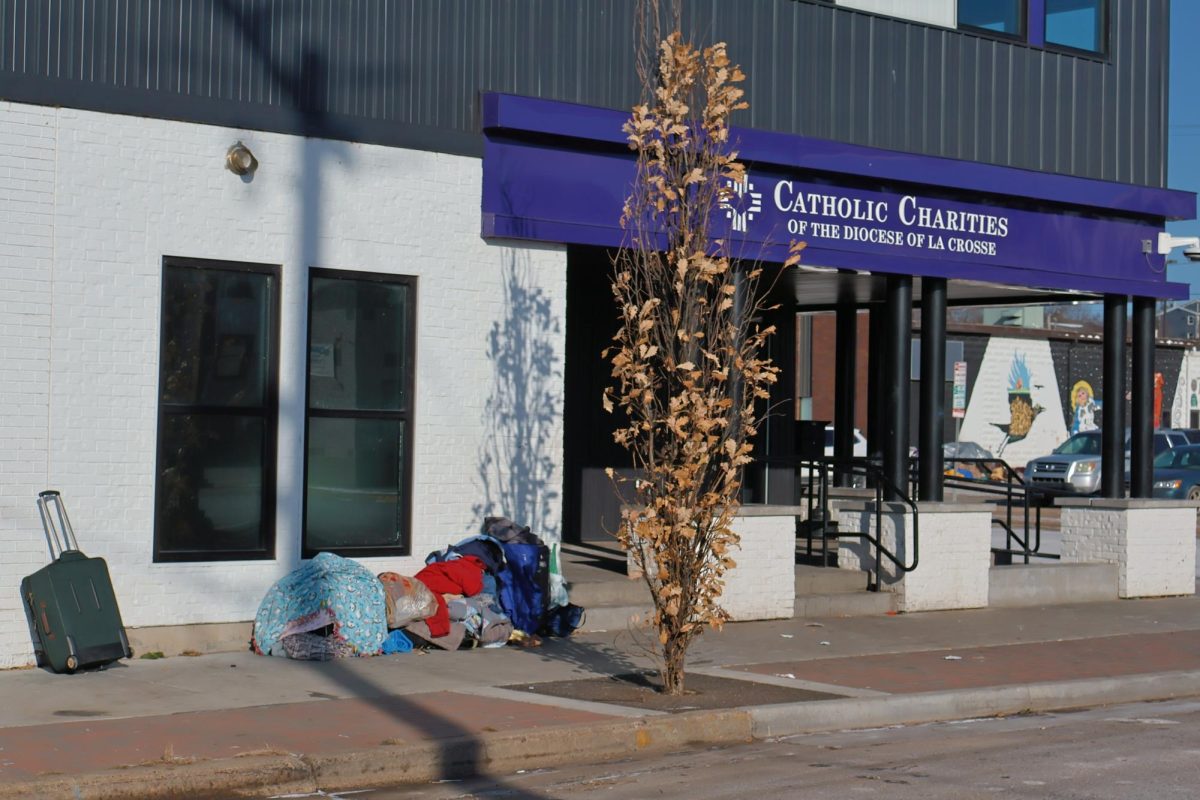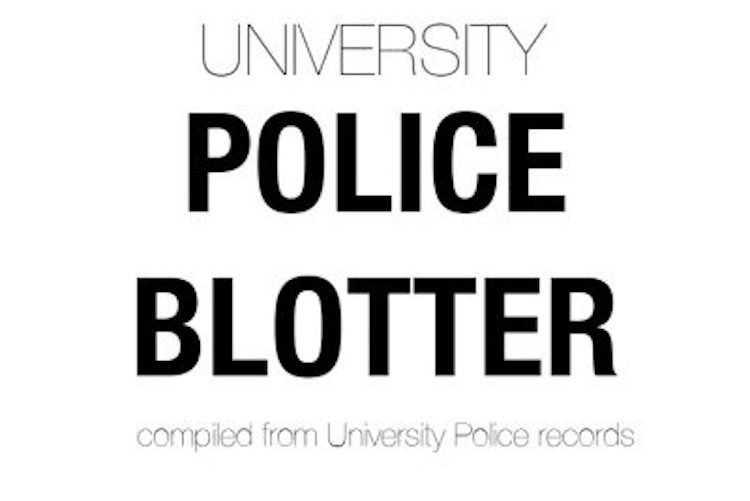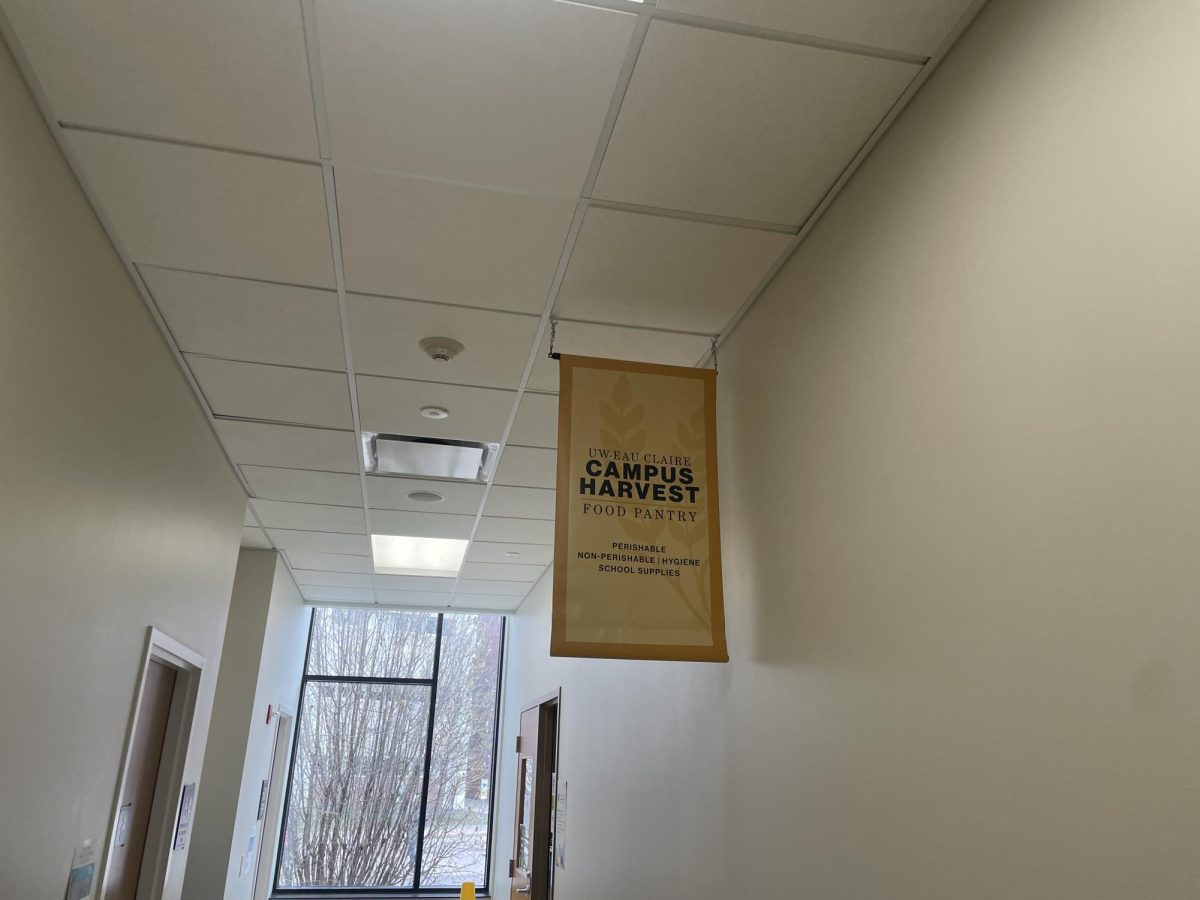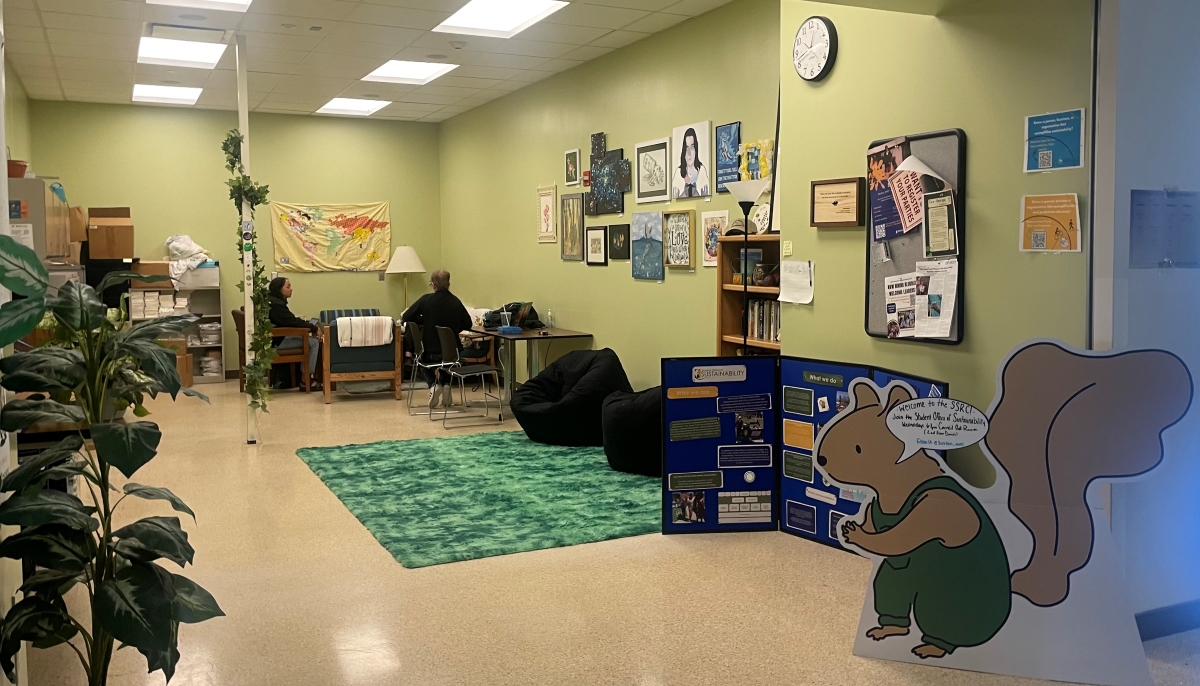A UW-Eau Claire classroom is helping the City of Eau Claire find ways to make it easier for people to move around town.
Sustainable Cities, an honors course taught by Associate Professor David Soll, works with the City of Eau Claire to flesh out the Health Chapter, an agenda that aims to promote health focused improvements like community gardens, parks and walking trails.
Three Sustainable Cities students are focusing on how to make Eau Claire more walkable.
Junior Sydney Flottum has been working closely with Ned Noelle, an Eau Claire City Planner, as part of the class.
Flottum said people walk within a quarter-mile radius of their home. The safer people feel walking places can only make them healthier. Cutting dependence on cars means cleaner air and safer sidewalks.
Flottum is designing a tool that plots walkable places around Eau Claire landmarks. The tool can be placed on maps of landmarks like City Hall and shows businesses, parks and other features that are within walking distance.
The city can use this information to find hurdles to walking and make improvements.
Junior Nathanael Schaffer works with Flottum to investigate Eau Claire’s walkability.
Schaffer measures the walk scores of 10 sites around Eau Claire — places like Water Street have higher walk scores, while places like Oakwood Mall score lower. In the next few weeks, Schaffer said he will go to each place to find areas of improvement.
Schaffer runs on a regular basis. He said Eau Claire trails in the Chippewa Valley are top-notch, but once you get out of town, hurdles to foot transport become evident.
Schaffer said a big focus of the project is to find ways to improve walk scores by the Oakwood Mall, an area he said has too much tire traffic and not enough foot traffic.
“If there’s a grocery store that is only a mile away but it is right next to a major highway, people may not feel like they can walk there,” Schaffer said.
New development in the Eau Claire area doesn’t focus enough on feet, Schaffer said. Developers are “throwing darts blindly” when they map areas to build business.
Flottum is originally from Rochester, Minn. She said in the last 10 years, Rochester made strides to help their downtown become more walker-friendly.
The city of Rochester built parks and businesses close to downtown instead of sprawling to suburbs.
“Eau Claire needs to grow upward instead of outward,” Flottum said. “Suburbs: bad; apartment buildings: good.”
“You want to create a place that is conducive to walking … creating a sense of space, making areas visually attractive, a place where people want to go.”
Junior Brian Thom said he doesn’t walk if he can help it.
“If God wanted us to walk, he wouldn’t have given us cars,” Thom said.
Because staple businesses like grocery stores are out of the way, Thom said walking places isn’t practical most of the time.






